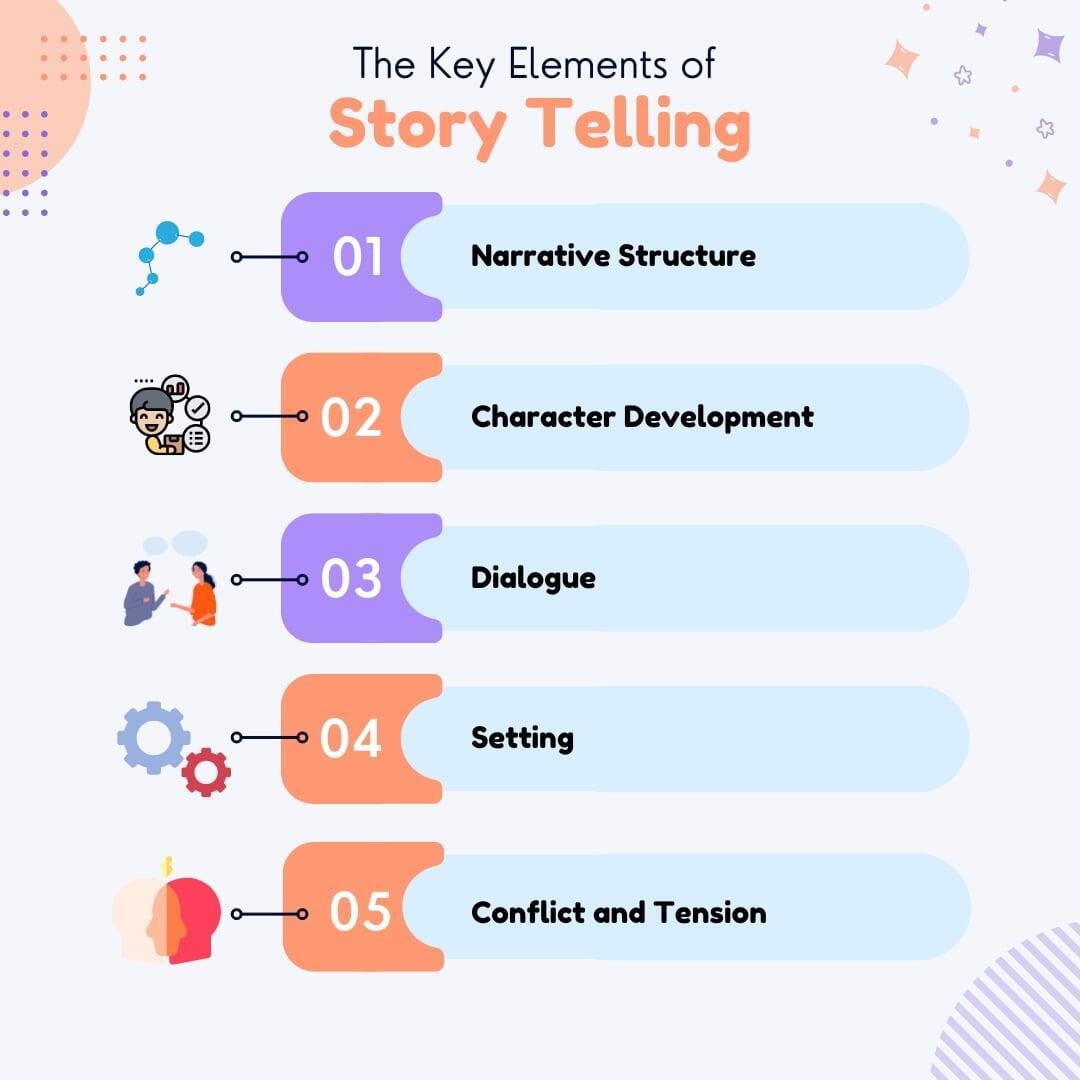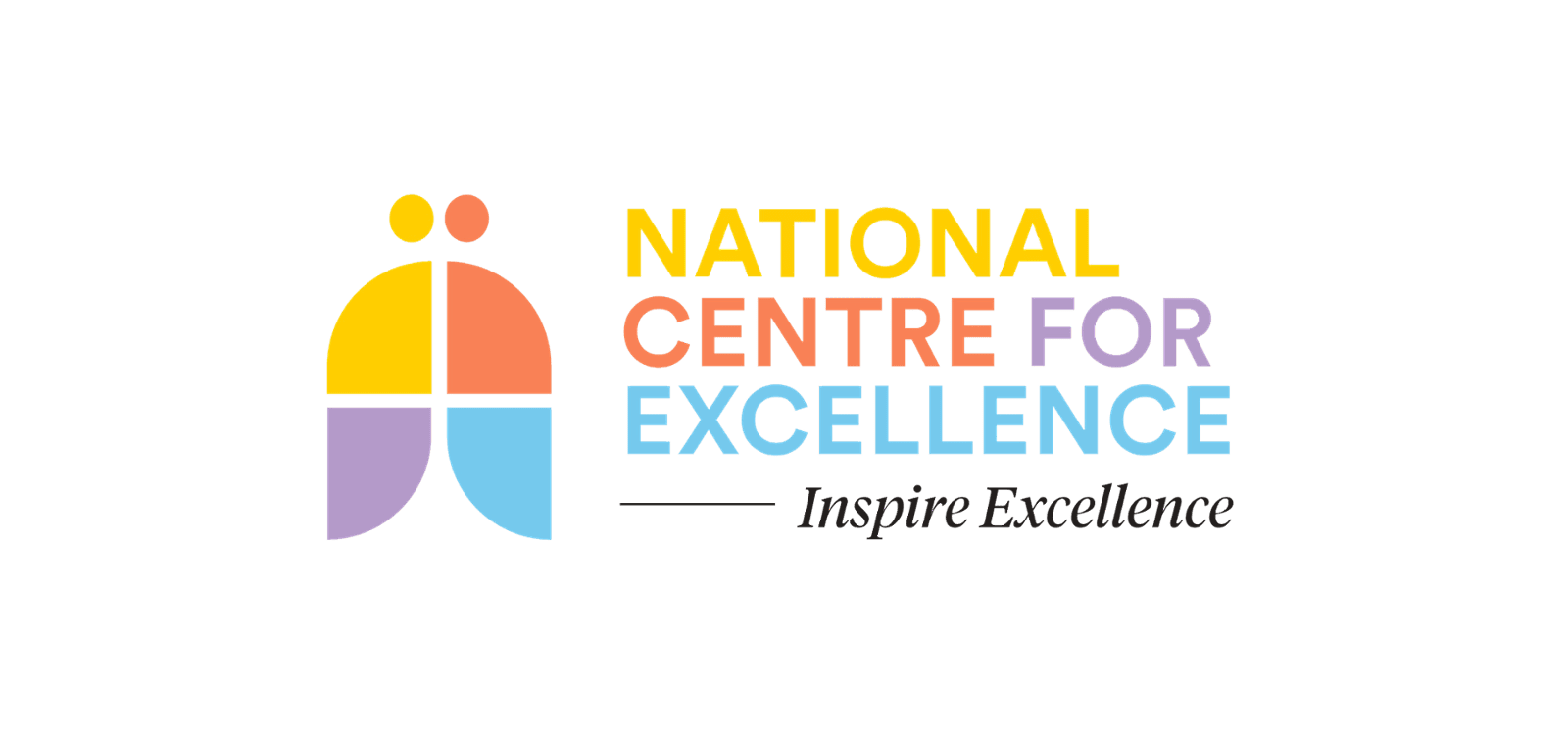
For centuries, stories have been a staple in human culture for their ability to entertain, educate and inspire. The art of storytelling has been passed down from generation to generation and still captivates audiences today. As a storyteller, it's essential to understand the key elements that make a story engaging and memorable. In this blog, we'll explore the magic of storytelling and how you can captivate your audience.
The Key Elements of Storytelling

- The narrative structure is extremely important for a story. It provides readers with a clear beginning, middle, and end, while also controlling the pace and flow. This is essential in order to keep readers engaged and invested in the story.
- Character development is important for creating a story that will captivate readers. The characters should be complex, believable, and relatable. As people read, they should be able to see themselves in the characters and feel empathy for their struggles.
- Dialogue can be a powerful tool in storytelling, helping to advance the plot, reveal character, and create tension. It should be natural, believable, and engaging.
- The setting is an important element of storytelling that can impact the atmosphere and tone of the story. A setting can create a vivid, sensory experience for the reader.
- Conflict and tension are two important elements that keep readers engaged in a story. Conflict refers to the obstacles that the characters face, while tension refers to the uncertainty and suspense that the reader feels. Both conflict and tension are essential for making a story exciting.
The Power of Storytelling

The art of storytelling has long been used as a way to captivate an audience and take them on an emotional journey. Stories have the ability to evoke powerful emotions and leave a lasting impression. In today's fast-paced world, stories offer a way for people to escape reality and connect with something deeper.
The Art of Telling Tales

Telling stories is an art form that requires practice, skill, and imagination. As a storyteller, it's important to be confident and engaging, and to have a strong understanding of the elements of storytelling. Whether you're telling a story to a group of friends or performing on stage, the goal is always to captivate your audience and take them on a journey.
In conclusion, the key to good storytelling is its ability to engage an audience and make them feel like they are in another world. If you want to be a good storyteller, you need to understand the key elements of storytelling and practice telling tales. With enough practice, you can craft stories that will stay with your audience long after they've heard them.
